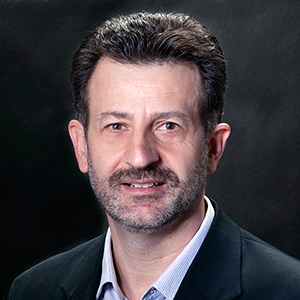Q: There appears to be growing interest in the use of microsegmentation as a way to mitigate threats on modern, agile infrastructures. The CloudPassage Halo product offers this capability. What exactly is microsegmentation? Why should enterprises be considering it?
Robert Thomas: Today's data center is dynamic and elastic. This modern IT infrastructure--which leverages virtualization, containers and cloud--allows workloads to be added and retired dynamically, residing in any location and commonly using distributed, shared resources. This puts a huge strain on security teams, making change control challenging. Maintaining granular firewall rules and security policies can become a time consuming process. In addition, a dynamic and elastic infrastructure also means flatter networks and an increase in east-west traffic, which makes it difficult to detect malicious traffic inside the network.
Perimeter and network security tools leave blind spots and miss a significant percentage of threats in the dynamic infrastructure. In addition, traditional endpoint security tools scale poorly in modern infrastructure.
Microsegmentation describes a strategy where security teams can create policies or rules around which servers can talk to other servers in your data center or private cloud. Controlling east-west network traffic this way reduces the available attack surface. This gives security teams the ability to ensure server/workload integrity as they grow infrastructure.
Q: What does instant visibility really mean in the cloud context? Why has it remained so difficult to enable?
Thomas: Every enterprise is in the middle of a massive transformation to agile IT delivery models that involve automation, shared resources, high rates of change and mixed infrastructure. Maintaining visibility in this environment can be challenging, especially when workloads and containers are provisioned and terminated in minutes or hours. Traditional security tools simply don't work well in these environments because they aren't agile enough, require lots of manual change control, don't scale and don't automatically deploy as systems spin up.
Instant visibility in the cloud means to have real-time visibility into every workload/instance from the point of creation, including what OS and applications are running, identifying potential vulnerabilities, server configuration errors and indicators of compromise. Instant visibility ensures protection at a granular, workload-level, which can protect against the stealthy attacks in a world where the threat landscape is becoming increasingly complex.
Q: CloudPassage recently did a survey on cybersecurity education in US universities. What was the main takeaway from the report?
Thomas: In our study, we looked specifically at undergraduate computer science programs and found that cybersecurity isn't a core requirement for many of our nation's top computer science degree programs. That fact is, all computer science engineers need a security mindset and skillset as they enter the workforce. Even if they're not entering a security-specific field of work, our engineers, programmers, and coders must have a strong understanding of security so that they're armed with the skills they need to bake security into everything they create from inception.
While I wasn't surprised at our findings, the overwhelming feedback from students, universities, government professionals and security experts has been great. It's encouraging to see the conversation taking shape and gives me assurance that we'll soon see progress in shaping education to meet this growing national need.






